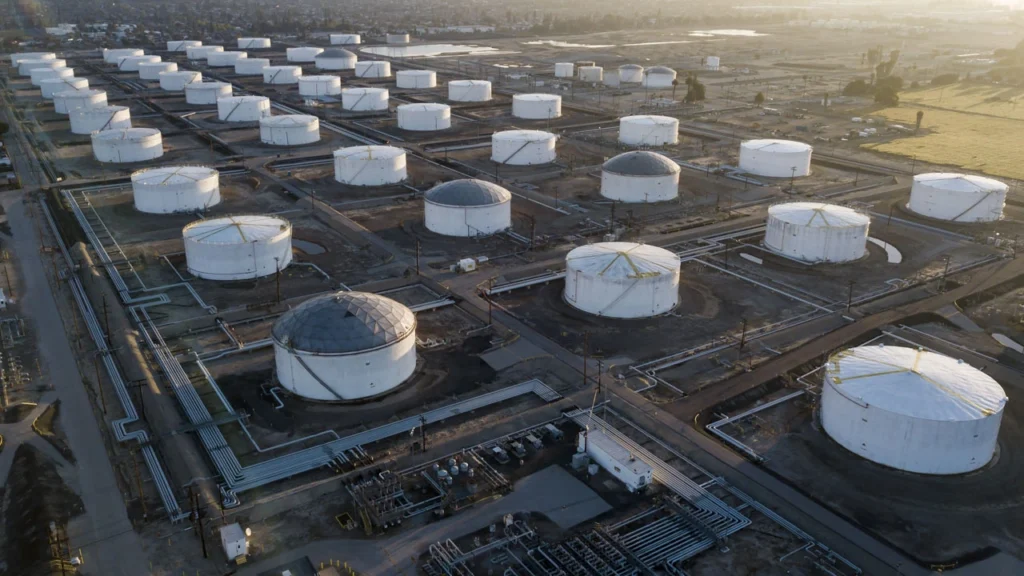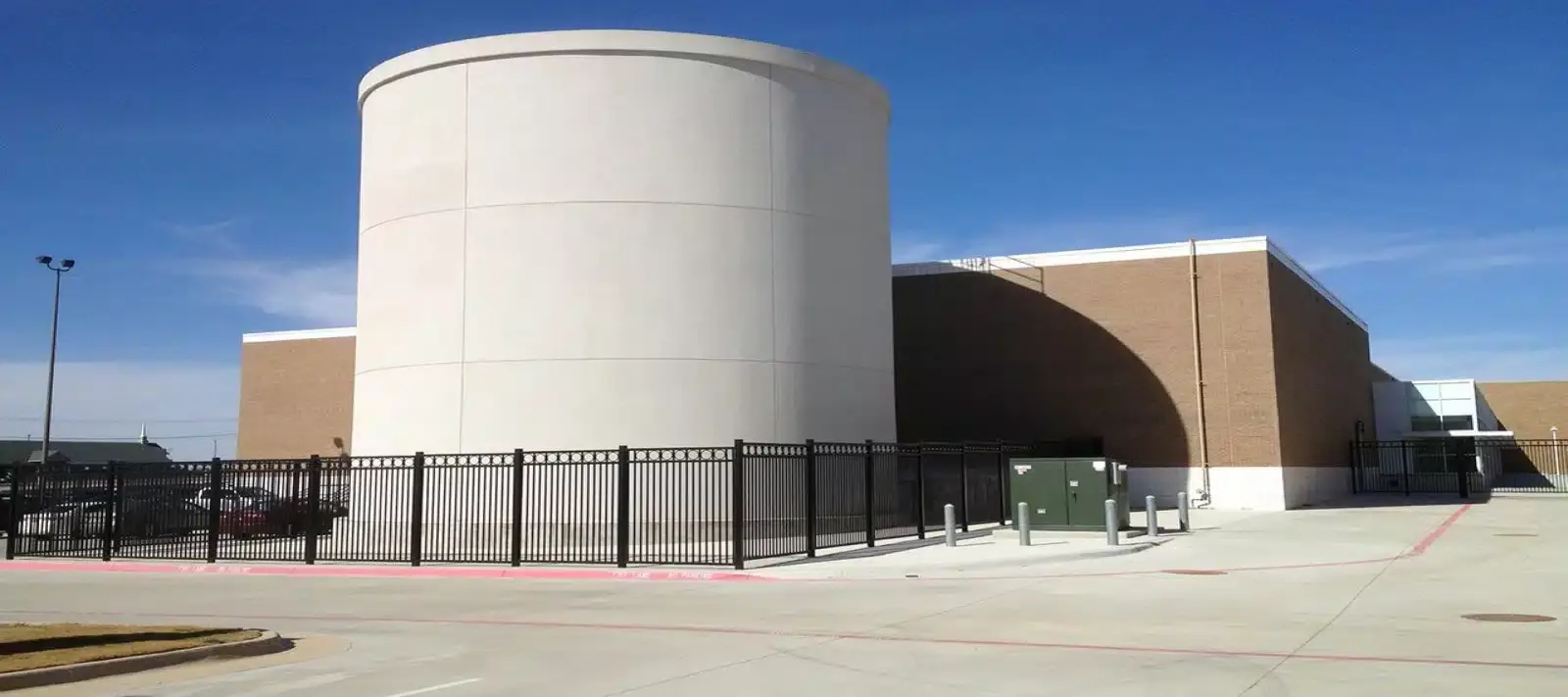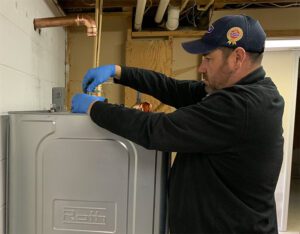As global demand for energy grows rapidly, the role of Aboveground Storage Tanks in energy infrastructure has never been more critical. You depend on vast networks of equipment and technology to ensure consistent access to the resources that power your home, business, and daily life. One of the most vital components in this infrastructure are above ground storage tanks. These massive storage vessels hold oil, natural gas, biodiesel, ethanol, and other resources to buffer supply and ensure your needs are met even during periods of peak demand or supply chain disruption. Above ground storage tanks represent a crucial investment in safe, reliable, and efficient energy distribution, supporting economic growth, technological progress, and quality of life improvements for populations around the world.
Storing and Distributing Fuels: The Importance of Above Ground Storage Tanks
Above ground storage tanks (ASTs) play an integral role in storing and distributing fuels that power our world. They serve as holding vessels for petroleum products, chemicals, and other liquids to support reliable access to resources.
ASTs vary in size, material, and purpose. The largest store millions of gallons of crude oil, gasoline, diesel, and other petroleum products before distribution to refineries and end users. Smaller tanks also facilitate the storage and transport of fuels at depots, terminals and filling stations. Engineers engineer materials like steel, concrete, and composite plastics to safely contain flammable and hazardous liquids.
Safety and Environmental Protection
Properly designed and maintained ASTs incorporate features like dikes, liners, and monitoring systems to prevent leaks and spills. Routine inspections check for signs of damage or weakness to uphold strict industry standards. In the event of a spill, emergency plans are swiftly enacted to minimize impacts.
Supporting Energy Needs
ASTs are fundamental to meeting society’s constant demand for fuels and ensuring a steady supply across locations and time periods. They provide a reservoir to store excess production and enable continuous distribution. For example, refineries operate at constant volume but consumption fluctuates based on factors like season or market forces. ASTs bridge this gap by holding fuels during slow periods and supplementing peak demands.
In summary, above ground storage tanks fulfill a crucial purpose in the reliable and sustainable storage and distribution of fuels. Their secure and monitored design allows for the safe containment and transportation of these essential liquids to locations of need around the world. By facilitating a consistent supply, ASTs indirectly power communities, transportation systems, industries, and economies.
Types of Above Ground Storage Tanks Used in the Energy Sector
The energy sector commonly uses several types of above ground storage tanks to reliably store and distribute resources.
The most prevalent are steel tanks, including bolted and welded steel tanks. Bolted steel tanks are assembled on site using steel plates and bolts, allowing for dismantling and transport. Welded steel tanks are welded together for permanent installation. Both provide sturdy, long-lasting storage for fuels and other hydrocarbons.
Concrete Storage tanks
Also known as concrete encased steel tanks, have a concrete outer shell surrounding a steel inner tank. The concrete helps insulate and protect the steel tank. These are often used for storing liquids at extreme temperatures.
Fiberglass reinforced plastic tanks
They are made of fiberglass and resin. They are corrosion-resistant, lightweight, and suitable for storing a range of chemicals. However, they typically have a shorter lifespan than steel tanks.
Double walled Fuel Tanks
You can also find double walled fuel tanks with an inner and outer tank and a space in between that can be monitored. These provide extra environmental protection.
One can apply various coatings and heating systems to tanks to suit particular storage needs. The diversity of tank types and options allows facilities to choose solutions tailored to their specific requirements for containing and distributing energy resources. With proper maintenance and safety protocols, above ground storage tanks serve as a crucial backbone for energy infrastructure.
Safety Standards and Regulations for Above Ground Storage Tanks
Above ground storage tanks (ASTs) that contain hazardous materials must meet strict safety standards and regulations to ensure environmental protection and public safety. As an owner or operator of ASTs, you are responsible for compliance with all federal, state, and local regulations.
Design and Construction
Industry standards require proper design and construction of ASTs for the specific material being stored. This includes choosing a suitable tank size, material, pressure rating, and secondary containment method. You should place tanks an adequate distance from property lines and public access areas. You must install proper anchoring and foundation to prevent tank instability or overturning due to environmental conditions.
Inspection and Monitoring
To identify any leaks or damage as soon as possible, individuals must frequently inspect and monitor ASTs. At least monthly, individuals must perform visual inspections of the tank shell, piping, valves, seals, and containment areas. Periodically, we may also need to conduct additional testing like hydrostatic testing or radiographic testing.
Individuals should properly install and regularly check monitoring equipment such as pressure gauges, level indicators, and leak detection sensors.
Emergency Response Planning
Facilities with ASTs must develop and implement emergency response plans to address any leaks, spills, fires or other incidents that could release hazardous materials. Plans should include emergency contact information, evacuation procedures, and methods for mitigating and containing releases. Response equipment such as fire extinguishers, absorbents, and emergency shut-off valves must be in close proximity to the tanks. Employees should be properly trained on emergency response procedures.
Compliance with these safety standards and regulations is critical to reducing environmental and safety risks from ASTs. Strict enforcement helps prevent catastrophic incidents like tank ruptures, spills, and fires which threaten public health. Proactive safety practices and emergency planning can help avoid violations, fines, and unintentional releases. Following all requirements diligently is an important responsibility that comes with operating ASTs.

Recent Advances and Innovations in Above Ground Storage Tank Technology
Recent advances in materials, manufacturing processes, and technology have led to significant improvements in above ground storage tank (AST) design and performance. Modern ASTs are more durable, easier to monitor, and better equipped to handle the demands of hazardous liquid storage.
Improved Construction Materials
Manufacturers now commonly construct ASTs with sturdier, higher-density polyethylene and carbon steel alloys that resist corrosion, abrasion, and impacts more effectively. These robust materials reduce the risk of cracks or leaks that could lead to environmental contamination or fires. Fiberglass-reinforced plastic tanks are also emerging as a lightweight, non-corrosive alternative for some storage needs.
Enhanced Monitoring Capabilities
Many new AST designs incorporate equipment like high-level alarms, overflow protection devices, and computerized monitoring systems. These technologies automatically track tank levels, temperature, pressure, and other metrics in real time. Operators receive instant notifications if any readings go outside acceptable ranges, allowing them to take corrective action before a spill or emergency occurs. Some systems can even trigger automatic shutdown or isolation procedures without human intervention.
Improved Accessibility and Maintenance
Recent ASTs feature amenities that simplify inspections, repairs, and overall upkeep. Multiple access points, interior ladders and walkways, robotic tank cleaners, and removable roof structures provide safer and easier access to all areas of the tank. They can also dismantle sections of their components for maintenance or upgrades without taking the entire AST out of service because they are modular. These kinds of innovations help maximize operational efficiency and safety.
The latest generation of ASTs leverage cutting-edge technology and design to achieve higher performance standards, increased automation, and improved safety across the energy sector. Their advanced materials, monitoring capabilities, and accessibility features work together to enable more reliable and responsible storage of the hazardous liquids and chemicals that power our infrastructure. With continued progress, ASTs will become even more durable, intelligent, and inherently secure.
The Future of Above Ground Storage Tanks: Meeting the World’s Growing Energy Needs
Above ground storage tanks (ASTs) play an integral role in supporting the world’s energy infrastructure and meeting growing energy demands. As populations rise and economies expand globally, the need for reliable energy storage and distribution will only increase. ASTs offer a number of benefits that position them well to meet future energy needs.
Safety and Environmental Benefits
ASTs provide safer storage compared to underground tanks. The ASTs reduce risks like soil and groundwater contamination in the event of leaks or spills. They also allow for easier inspection and maintenance to ensure structural integrity and detect issues early. With a move toward more environmentally-friendly energy sources like biodiesel and ethanol, ASTs contain spills and facilitate remediation more readily.
Flexibility and Adaptability
ASTs offer flexible storage for a range of energy types from fossil fuels to biofuels to waste oils. Companies can design and construct ASTs in a range of sizes, materials, and configurations to suit specific energy storage needs. Additionally, they can relocate and repurpose ASTs as needs change, providing an adaptable energy storage solution.
Some ASTs now feature double-walled containment, multiple compartments for different products, and advanced monitoring systems.
Cost-Effectiveness
ASTs are often a more cost-effective means of energy storage compared to underground tanks. ASTs do not require the same level of excavation, permitting, and installation costs. They are also easier and less expensive to maintain, repair, and replace. For small to mid-size storage needs, ASTs provide an affordable and efficient storage option.
Looking ahead, ASTs will play an important role in meeting the world’s growing demands for energy and transitioning to more sustainable energy sources. With continued innovation in design, efficiency, monitoring and safety features, ASTs offer a promising method for responsible and cost-effective energy storage and distribution now and in the coming decades.
Conclusion
As you have seen, above ground storage tanks play a crucial role in supporting our energy infrastructure and ensuring reliable access to resources that power our world. They enable continuous supply of petroleum products, biofuels, chemicals, and other liquids by offering effective and efficient storage solutions, even when production or transportation is disrupted. Although above ground tanks require significant capital investment and maintenance, their versatility, large capacity, and long lifespan make them an essential component of energy sector operations. The next time you fuel your vehicle or turn on a light switch, remember the important part above ground storage tanks have in delivering the resources we all depend on each and every day.




